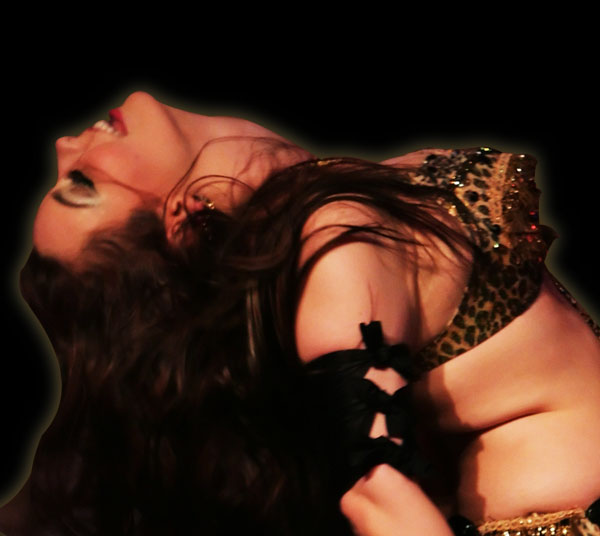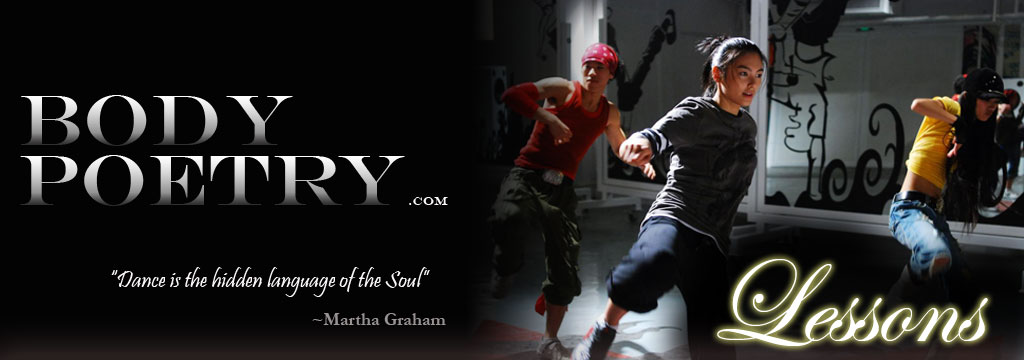Belly Dancing As with any dance of folkloric origin, the roots of belly dance are uncertain. The authenticity of even "traditional" or "classical" forms of belly dance is open to question and often hotly disputed. One theory is that belly dance was originally danced by women for women in the Levant, and North Africa. This theory is very popular in Western dance schools because it helps counteract negative sexual stereotyping, but there is no written evidence to support it. The book "Dancer of Shamahka" is widely cited, but it is in fact, a romanticized memoir written by a modern author, Arman Ohania, published in 1918. In Middle Eastern society two specific belly dance movements have been used in childbirth for generations, but this is not sufficient evidence to prove that belly dancing arose from birthing rituals – the birthing rituals could equally have arisen from belly dancing. Another theory is that belly dance may have roots in the ancient Arab tribal religions as a dance to the goddess of fertility. A third theory is that belly dance was always danced as entertainment. Some belly dance historians believe that the movements of dancing girls depicted in carvings in Pharaonic times are typical of belly dancing. While these theories may have some foundation, none of them can be proved to be the origin of belly dance. It is more likely that all these factors contributed to the development of belly dance as we know it today. The first recorded Western encounter with belly dance is during Napoleon's invasion of Egypt in 1798, when his troops encountered the gypsy dancers of the Ghawazee, and the more refined dancing of the Almeh. Belly dance was later popularized during the Romantic movement of the 18th and 19th centuries, when Orientalist artists depicted romanticized images of harem life in the Ottoman Empire. Around this time, dancers from Middle Eastern countries began to perform at various World Fairs, often drawing crowds in numbers that rivaled those for the science and technology exhibits. Several dancers, including the French author Colette, engaged in "oriental" dancing, sometimes passing off their own interpretations as authentic. There was also the pseudo-Javanese dancer Mata Hari, convicted in 1917 by the French for being a German spy. |


